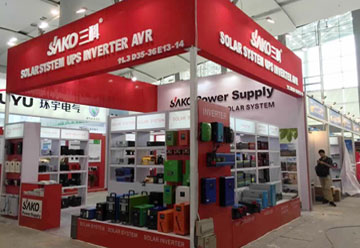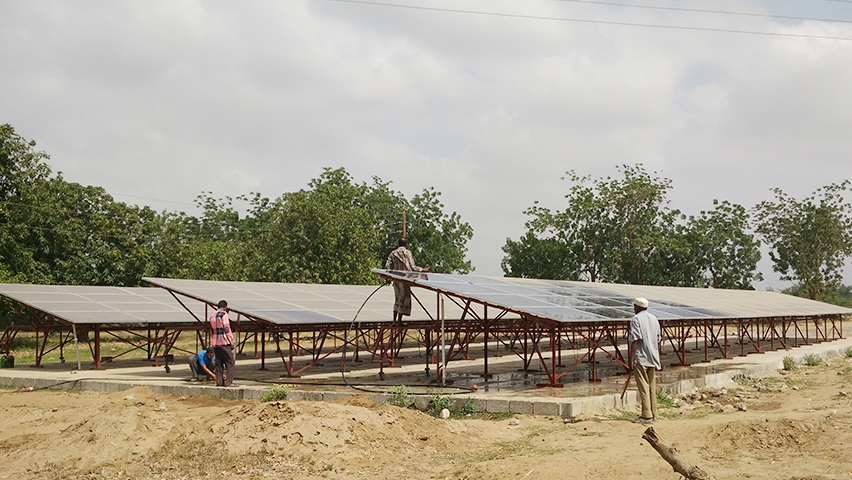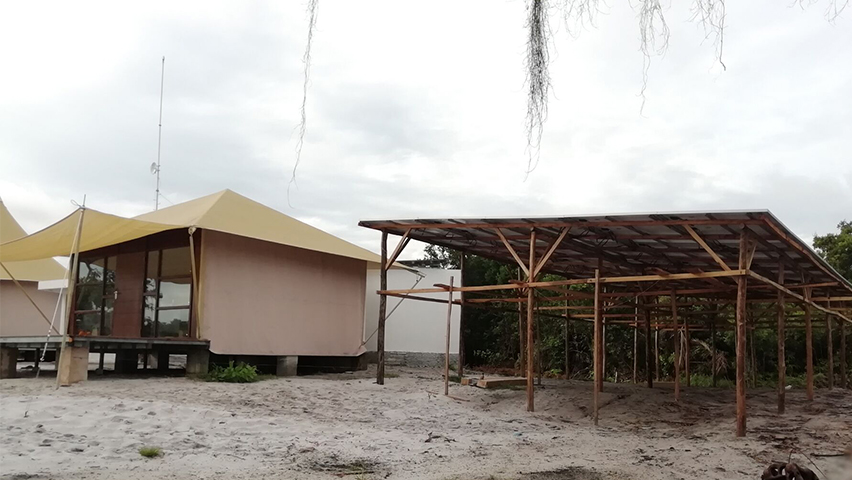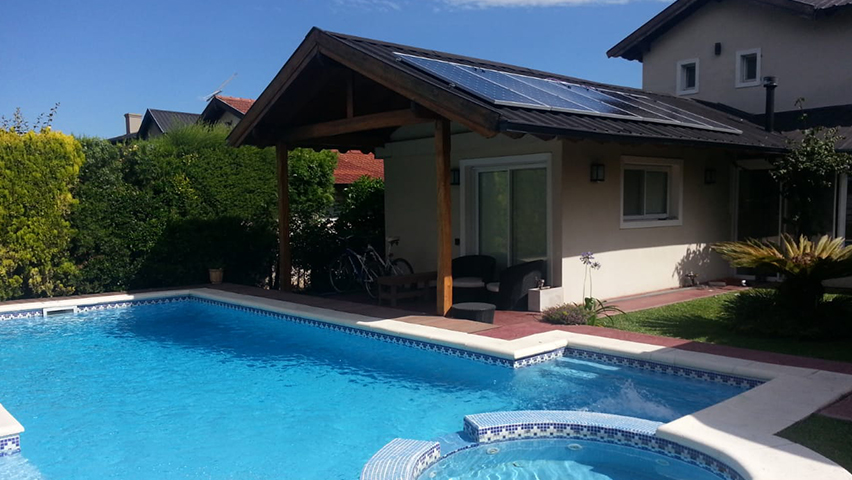Solar Energy is a renewable and sustainable power source that produces no greenhouse gases. However, some are still concerned about the lack of effective methods for maintaining a solar storage system with high quality lithium ion battery. This article discusses these issues and solutions to them.
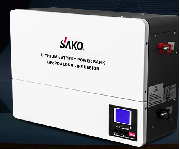
What are Lithium-ion Batteries?
The term “lithium-ion battery” describes accumulators built of lithium-containing substances that function primarily by moving lithium ions between the positive and negative electrodes. In addition to being utilized as power sources, lithium-ion batteries may also be employed as energy storage devices. The majority of energy storage power plants choose lithium ferrous phosphate batteries as their energy storage batteries because of the safety of lithium-ion batteries.
Uses of lithium batteries made by SAKO in solar energy storage systems
Lithium-ion battery energy storage is now the most practical technological option for the new energy area. Many energy storage technologies have been suggested and developed to fulfill the application.
Because vanadium flow bacterium-sulfur batteries have not yet reached industrial scale, there are few supply channels available, and prices are high, making lithium-ion batteries very competitive from an economic standpoint. In terms of operation and maintenance expenses, lithium-ion batteries need no maintenance compared to vanadium flow batteries, which need pumps for fluid management, and sodium-sulfur batteries, which require constant heating.
According to available information, my nation has 20 lithium-ion battery energy storage projects with a combined installed capacity of 39.575 MW. Energy storage is one of the key strategies for addressing photovoltaics’ intermittent instability and achieving peak- and valley-shaving functionality.
Conclusion
Lithium-ion batteries are widely used in solar energy storage systems because they have a high energy density, can withstand high temperatures, and have a long life.

